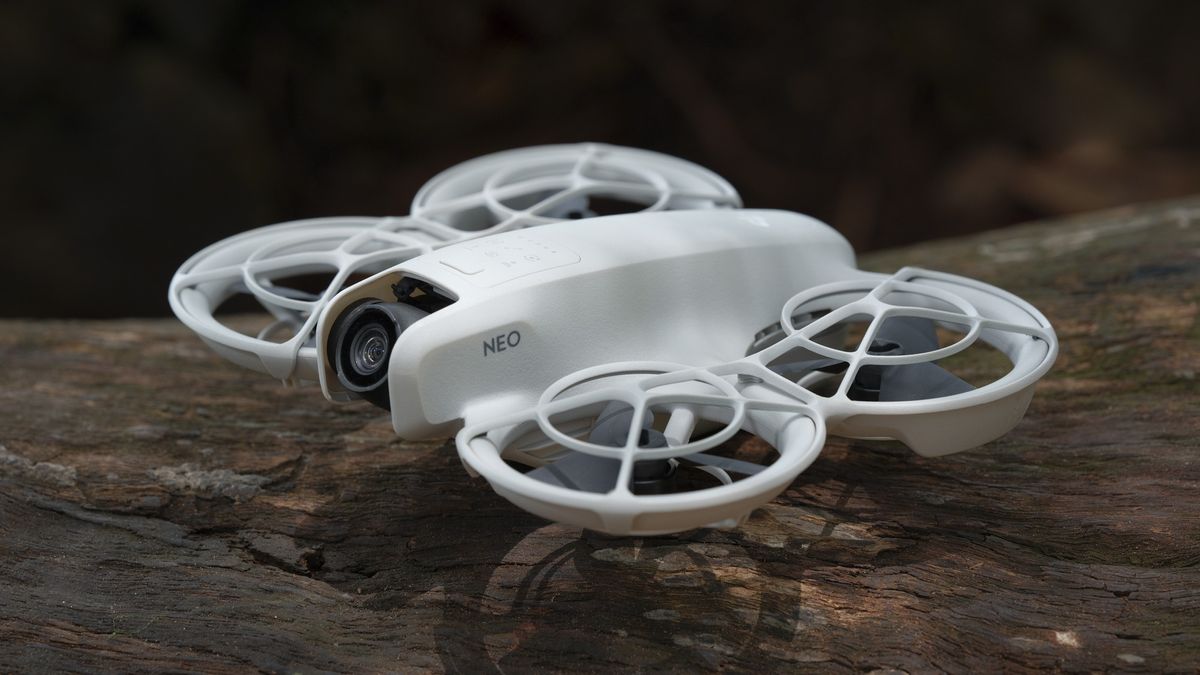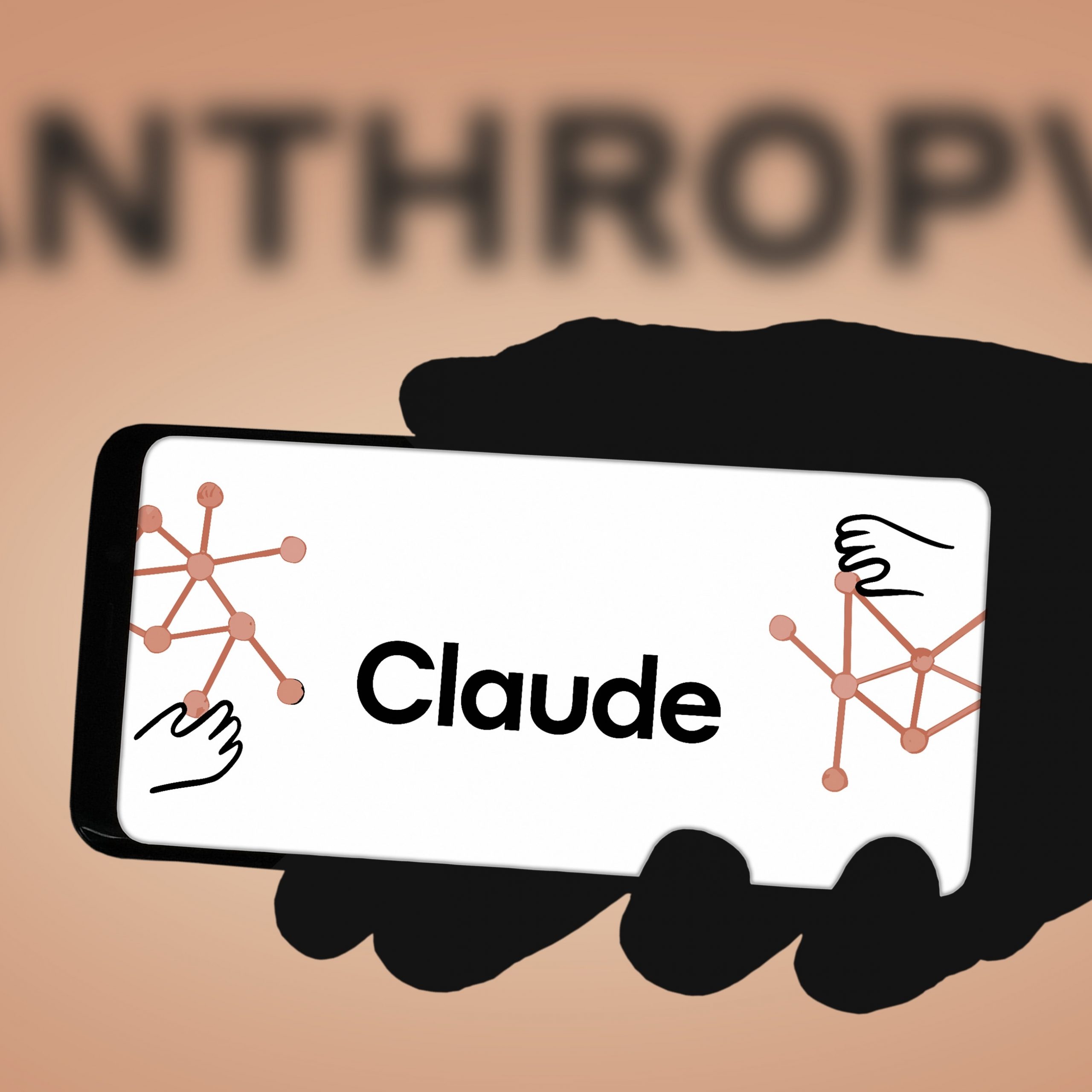The new document highlights the regulatory approach of the spectrum for governments as mobile and satellite industries converge
12th September 2025, London: The GSMA today launched a new public policy document on spectrum considerations for D2D services, providing governments guidance for this emerging technology. D2D connects mobile phones directly to satellites, complementing the coverage of land mobile networks and the improvement of network resilience. D2D can have a positive impact if national regulations protect against harmful interference in mobile networks, which serve 5.8 billion people worldwide.
To shape the best practices in D2D, the GSMA Board launched a Spectrum task force in 2024, gathering more than 50 mobile and satellite operators. The document is based on these discussions and offers governments a short -term practical guide.
John Giusti, regulatory director of the GSMA, said:
“Direct satellite connectivity to devices has the potential to extend the scope of mobile devices, strengthen resilience and offer real social benefits. But without careful and balanced regulation, it runs the risk of interrupting mobile services in which billions of people trust every day. Our guidelines are designed to help governments adopt innovation while protecting the foundations of the mobile ecosystem. ”
Extend mobile coverage
Today, 57% of the world's population is connected to mobile broadband and D2D can add resilience and complement their services when they travel to areas without connectivity, such as deserts, oceans or mountains.
It can also help connect part of the non -connected external coverage that lives outside the broadband mobile networks (the coverage gap), estimated in 4% of the global population.
Crucially, 39% of people live within mobile coverage but are not connected (the use gap) due to problems such as affordability and digital literacy. Addressing both the lack of coverage and use are essential to achieve the vision of the industry to connect everyone.
The strength of the satellite lies in its ability to reach remote areas. It cannot provide the ability that land mobile networks can offer, but with the correct regulation, D2D can complement the mobile terrestrial coverage.
Two different spectrum routes
D2D services can operate in two different types of spectrum, each with unique regulatory implications:
Use of mobile spectrum (IMT):
- Enable standard telephone numbers.
- It requires commercial agreements between mobile network operators (MNO) and satellite operators.
- It means that regulators can ensure that access is derived from the existing license spectrum.
- The benefits of following the early regulation of countries such as the US, Canada and Australia that authorize mine to share their spectrum under their existing licenses.
Use of mobile satellite service spectrum (MSS):
- Telephones should include specialized chipsets, currently limited to a small number of high -end devices.
- While it is not possible for satellite operators to join forces with mobile operators, users are likely to adopt services more perfectly when there are commercial associations.
- 3GPP has already standardized several MSS bands, but there are still generalized adoption on the devices.
Priorities for policy formulators
The GSMA article emphasizes that governments that consider early D2D regulation should:
- Protect mobile networks by requiring D2D operations to avoid interference with existing mobile services at the national level and through borders.
- Support commercial associations between MNOs and satellite operators to benefit both industries and consumers.
- Ensure the regulatory consistency updating any early national rule with the next WRC-27 results to avoid fragmentation.
- Recognize telephone availability limits, especially for MSS based D2D, by establishing politics expectations.
The full report can be found here.
-Ess-
About GSMA
GSMA is a global organization that unifies the mobile ecosystem to discover, develop and offer fundamental innovation to positive business environments and social change. Our vision is to unlock all the power of connectivity so that people, industry and society prosper. Representing mobile operators and organizations throughout the mobile ecosystem and adjacent industries, the GSMA offers its members in three broad pillars: connectivity for good, services and solutions of the industry, and scope. This activity includes the progress policy, addressing today's greatest social challenges, underpinning technology and interoperability that make mobile work and providing the world's largest platform to convene the mobile ecosystem in the MWC and M360 events series.
We invite you to get more information at Gsma.com
Media contacts
GSMA Press Office
[email protected]









